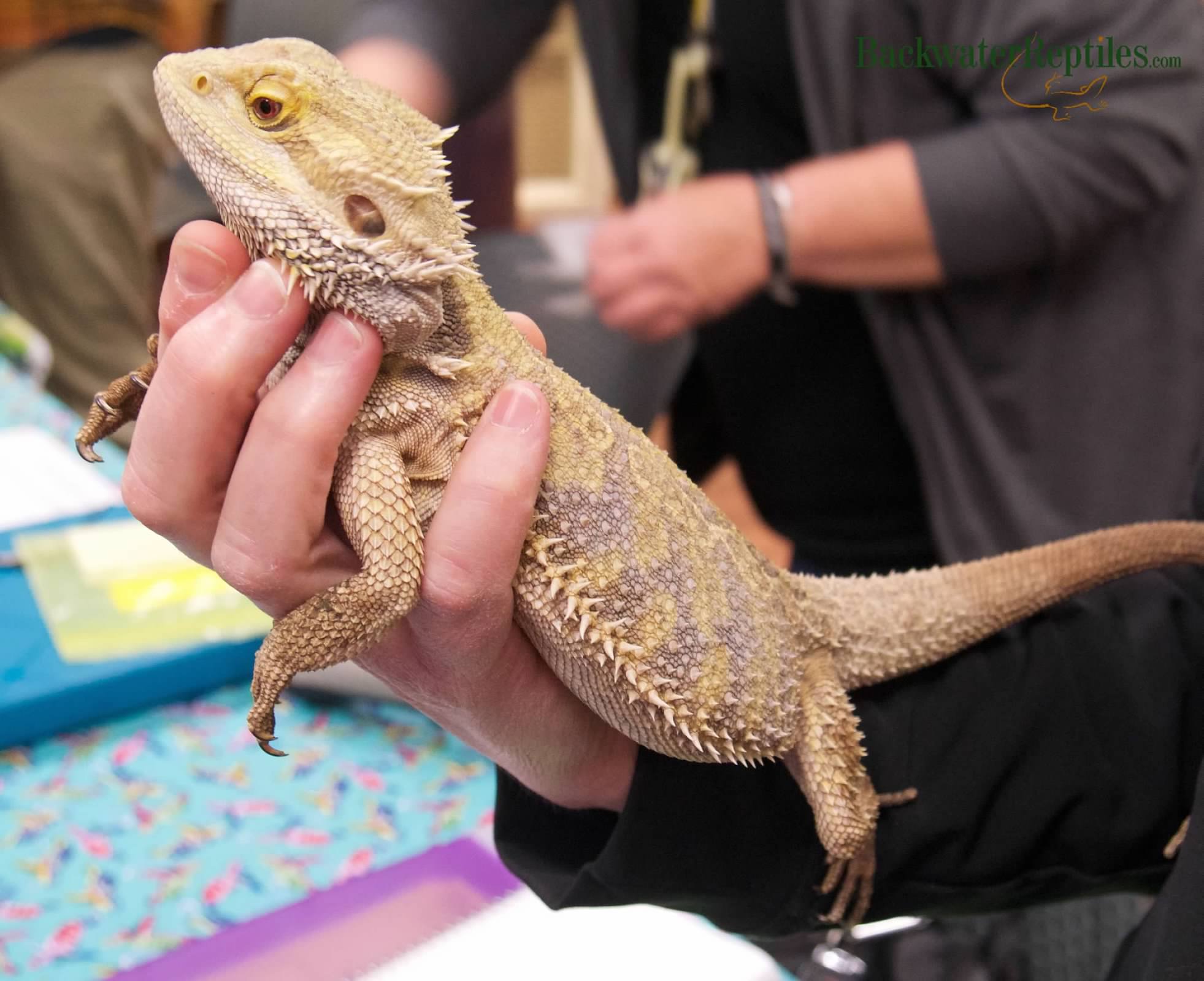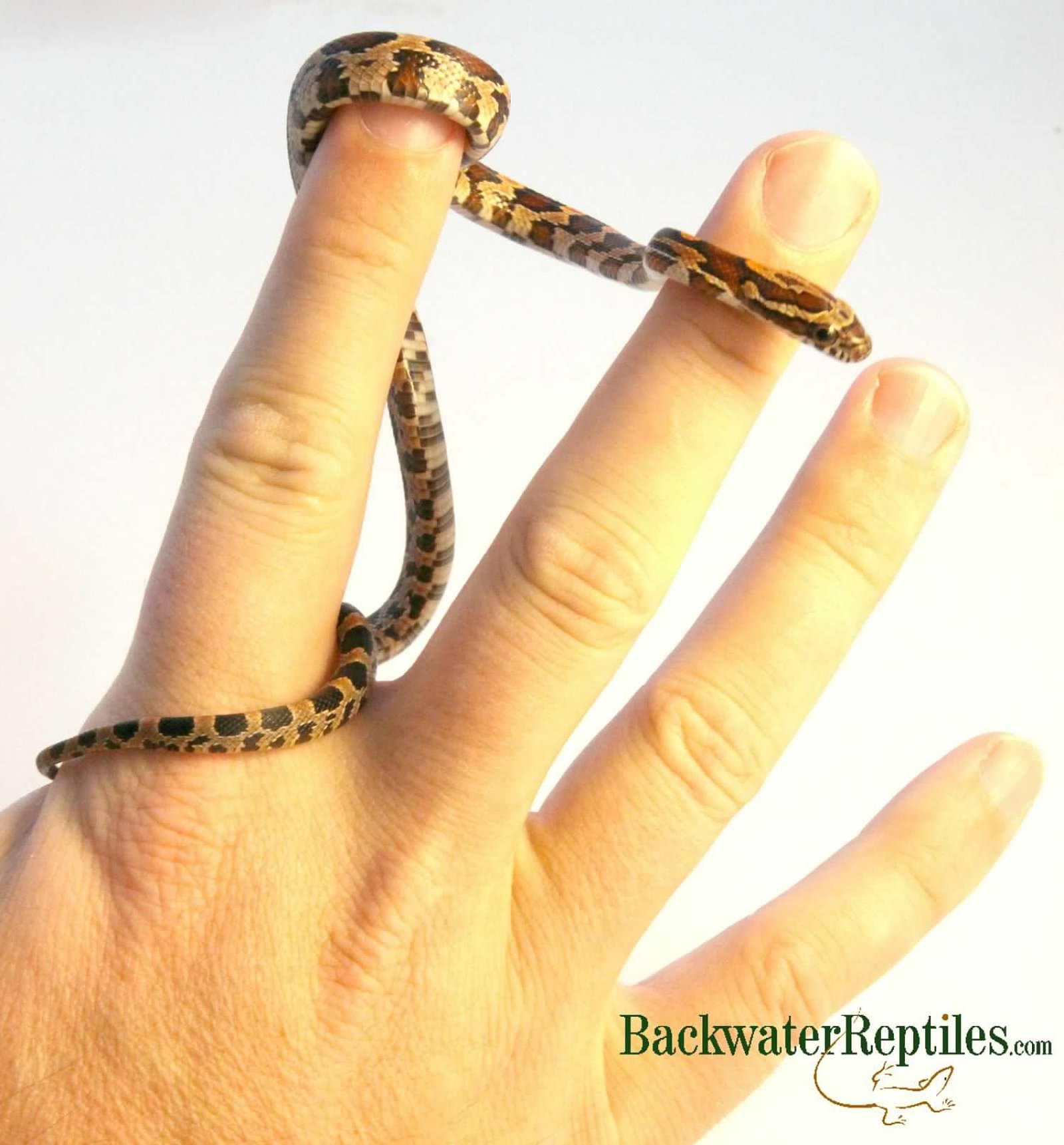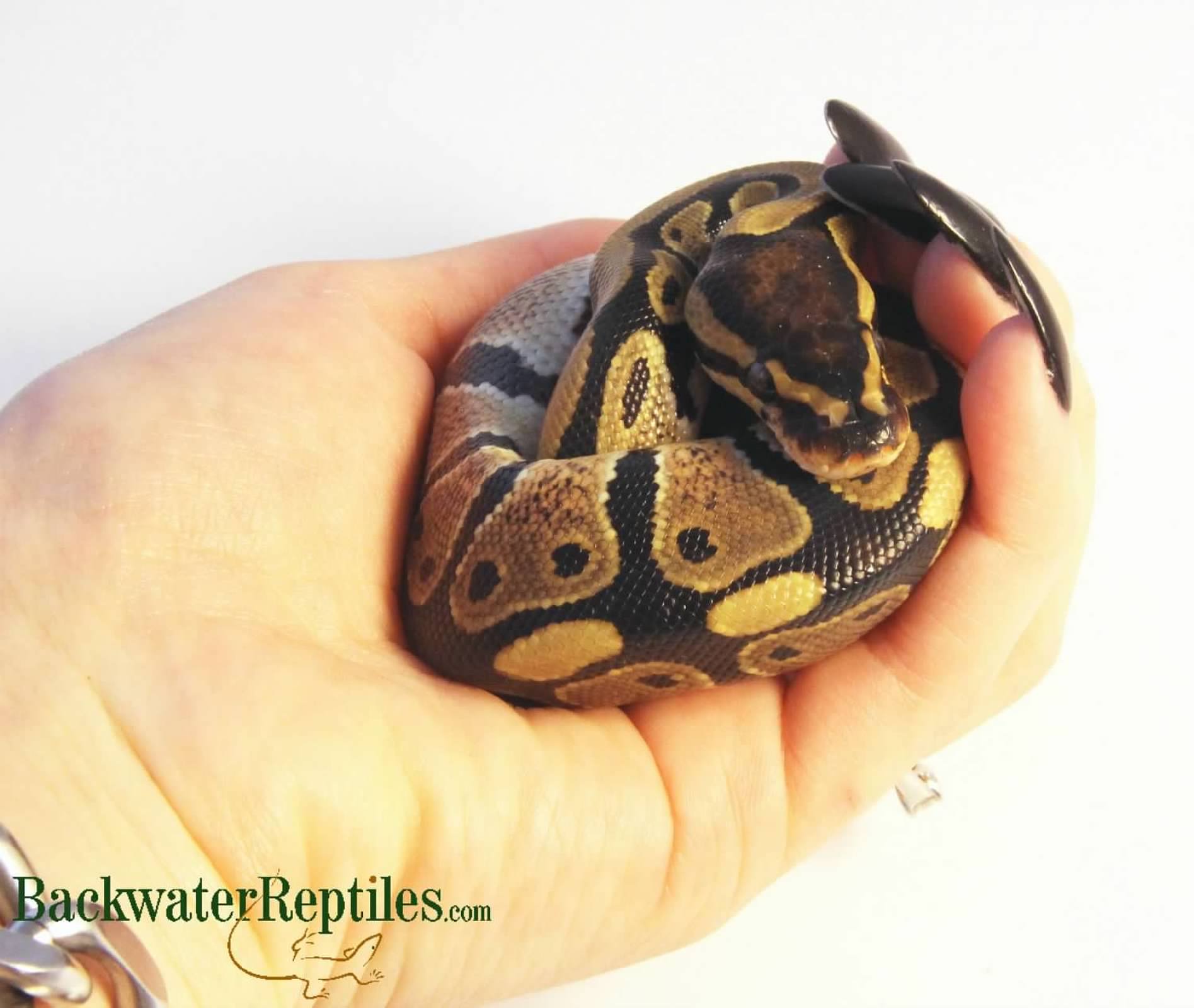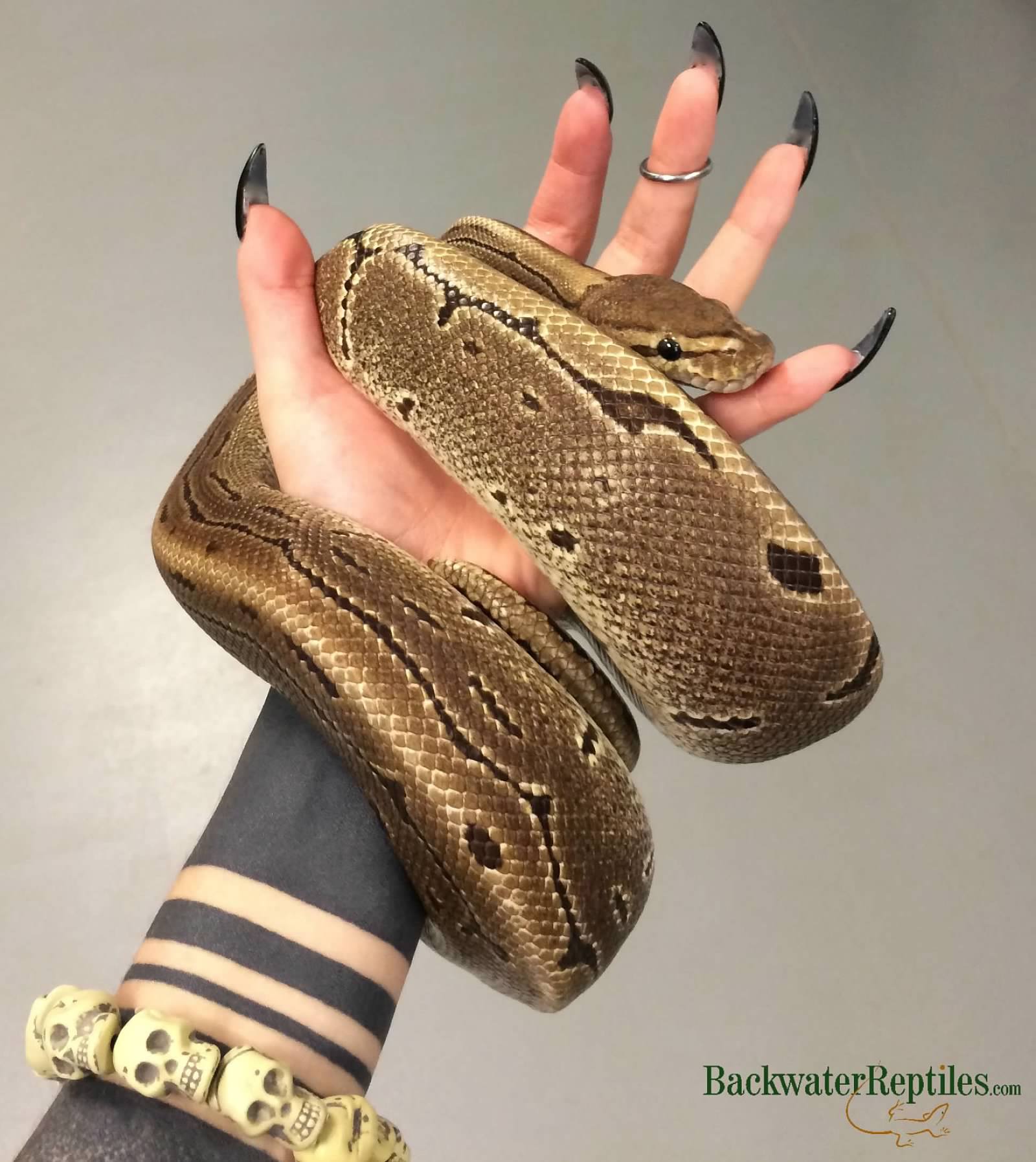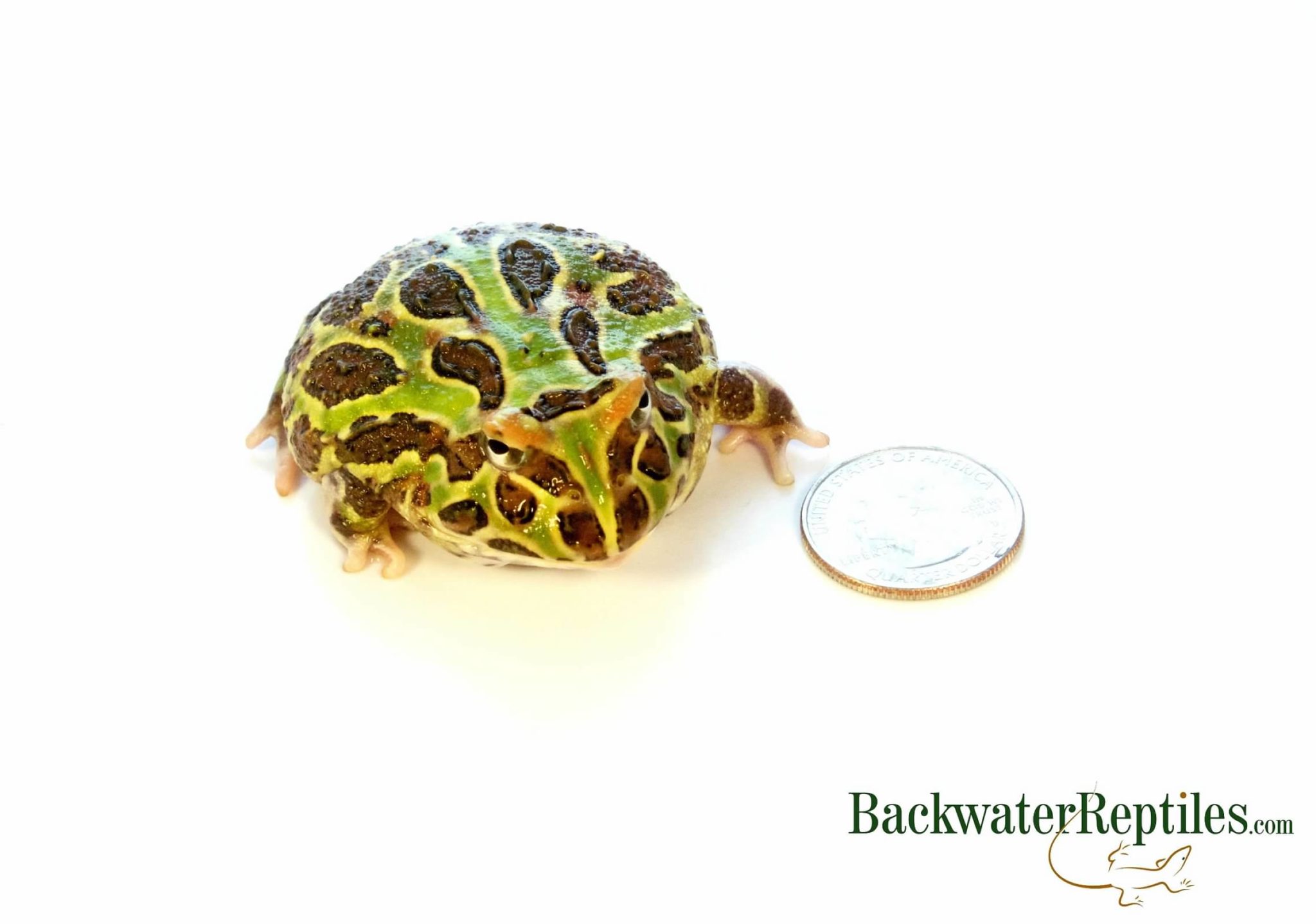Have you ever wondered how long your pet bearded dragon will live?
Bearded dragons are very common pet reptiles. Many people purchase them as hatchlings and enjoy watching their little lizard mature into a lazy, lounging creature three to four times its original size. As your dragon inevitably grows, you might wonder how long your beloved reptile will live. That’s a question many owners have and we’ll answer it in this article.
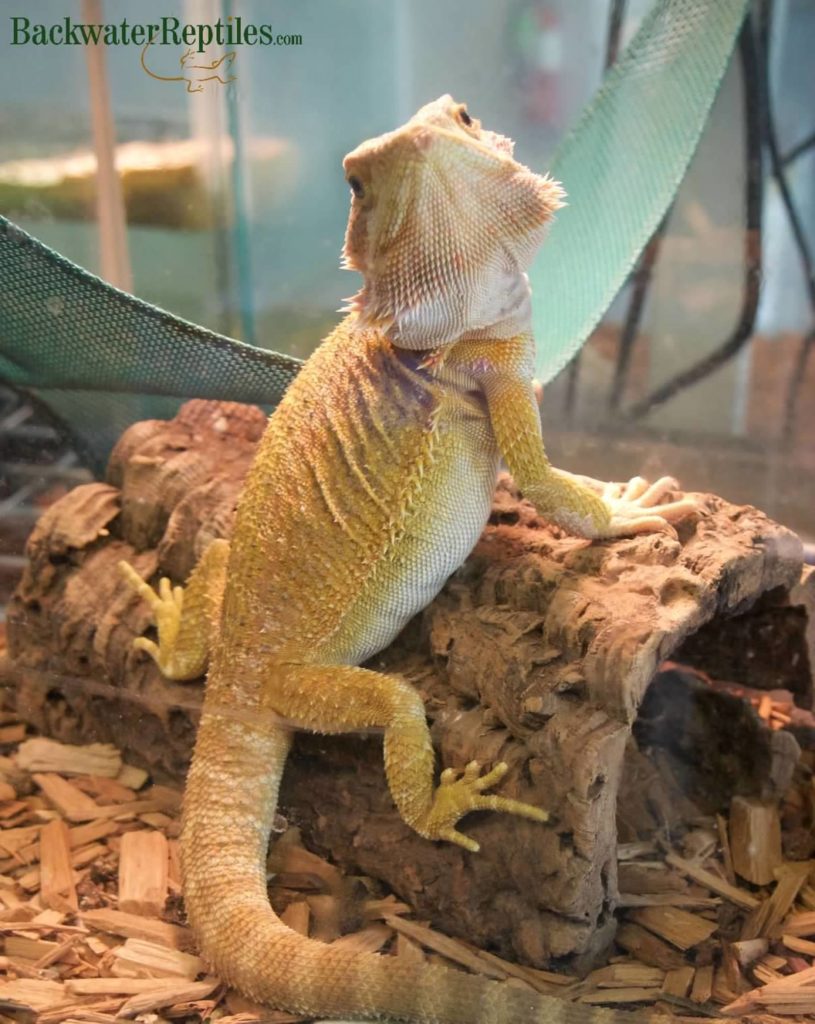
What is the average bearded dragon life span?
In the wild, bearded dragons are not apex predators and they can fall victim to many hazardous situations. They might not be able to find enough food and starve, they might get eaten by a snake or other predator, or they might not be able to find shelter when it is needed. The bottom line is that in the wild, bearded dragons do not tend to live the longest lives.
Luckily for their owners, as pets bearded dragons don’t have to deal with the ravages and dangers of the outside world and they will live much longer if they are properly cared for.
The typical bearded dragon life span in captivity ranges from five to eight years, although there are many lizards that are reported as living much longer. Some are reported to live double that time frame! Like people and all living things, there are so many factors at play when determining life span and so there’s no sure fire way to know how long any given dragon will live.
As this article continues, we’ll discuss some of the factors that come into play when determining a bearded dragon’s life span as a pet.
Diet can affect your bearded dragon’s life span
Did you know that your bearded dragon’s diet can have a direct affect on your pet’s life span?

Too much food, even healthy food, can cause your dragon to become obese. Just like with people, an extremely overweight bearded dragon’s body and organs have to work harder to keep up and this ultimately shortens the animal’s life span.
If you feed your bearded dragon a nutritious and varied diet that includes both veggies and protein in a reasonable amount, your pet will live much longer.
It’s common sense really. As with any animal, what goes in has a direct affect and correlation with health. If you feed your dragon “fast food” all the time, its health will suffer accordingly.
Lighting and enclosure specifications can affect your bearded dragon’s life span
One of the most serious ways poor or insufficient lighting can impact your bearded dragon’s life span is by not allowing its body to create strong bones. This condition is called metabolic bone disease and it is a direct result of a lack of UVB light. Your dragon will grow in a deformed manner, particularly its legs and joints. Ultimately, it is very uncomfortable for the animal and severely shortens the lizard’s life span.
Many owners like to keep their bearded dragon on sand as a substrate. While this is common practice, we have seen it result in health issues, so we always recommend something that is less harmful if it’s accidentally ingested.
The issue with sand as a substrate for a bearded dragon is that many owners feed their dragon in its enclosure and when the dragon lunges to catch an insect, it often accidentally consumes sand at the same time. In small quantities, this is not typically a problem. However, if it repeatedly happens, your dragon could develop digestive issues which result in trouble eliminating waste, eating or both.
So the bottom line is that you as a keeper can directly impact your bearded dragon’s health and life span simply by your vivarium set up.
Ways to prolong your bearded dragon’s life span
If you practice good husbandry habits and make sure your bearded dragon has everything it needs to thrive as a pet, then it should live a long and healthy life.
Here are some tips for extending your bearded dragon’s life span:
- Feed your bearded dragon a varied diet that includes gut loaded insects. These are considered the most nutritious. It should also include leafy greens and other veggies.
- Use vitamins and supplements on your bearded dragon’s food. At Backwater Reptiles, we always use Miner-All and its sister products. We even wrote a blog article about why we think these are the best brand supplements.
- Provide proper lighting and heating. UV light bulbs should be changed at least every six months to retain effectiveness, but we recommend switching the bulbs even sooner at around four or five months. Thermometers can help you determine if the ambient temperature and basking temperatures are in the proper range.
- Spot clean your bearded dragon’s enclosure daily or as needed when the lizard eliminates. This will keep a sanitary environment for both owner and lizard.
- Give your bearded dragon attention and affection. This might seem like an odd thing to have on the list, but truthfully, bearded dragons enjoy human interaction and thrive when they are taken out of their enclosure and handled on a regular basis. It’s good for both the lizard and the owner.

Conclusion
So, what did we learn about how long bearded dragons live?
In the long run, what really matters is how well the animal is cared for. With proper husbandry, bearded dragons usually live between five to eight years. However, it is not uncommon for them to live much longer with good caretaking.
If you think you might be interested in purchasing a bearded dragon as a pet, first we recommend you research and make sure you can fulfill the lizard’s needs. But if you are sure you’re ready to take on a new scaly family member, we’ve got all kinds of bearded dragons for sale on our website.


